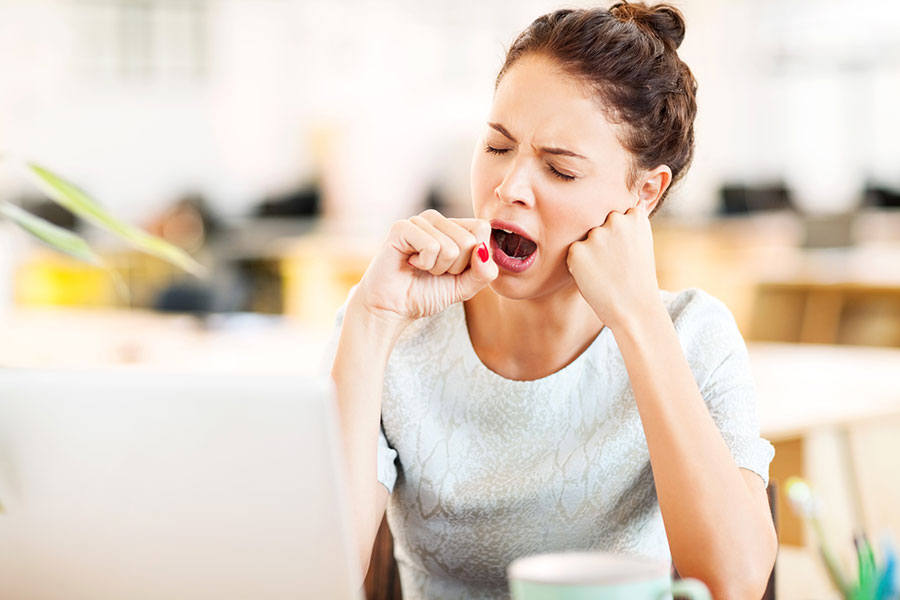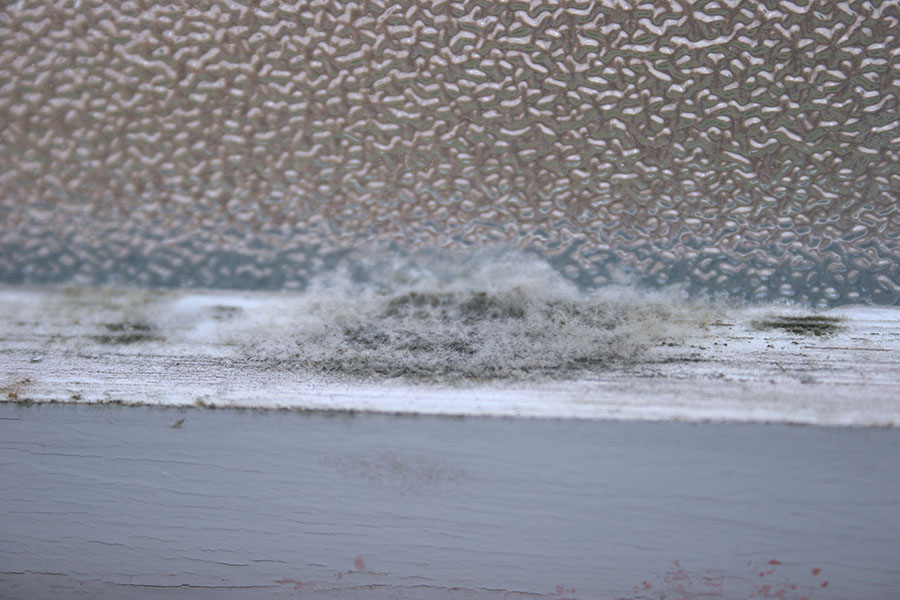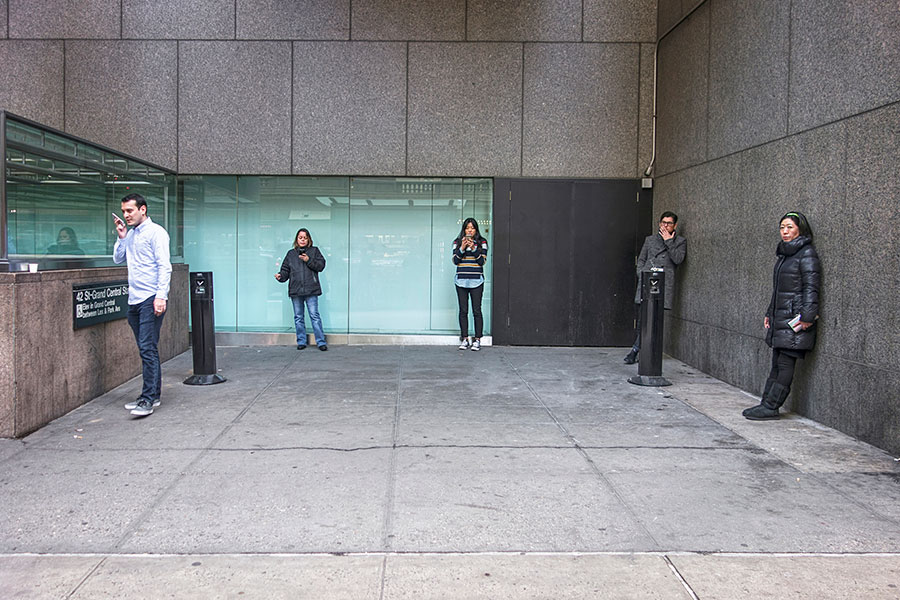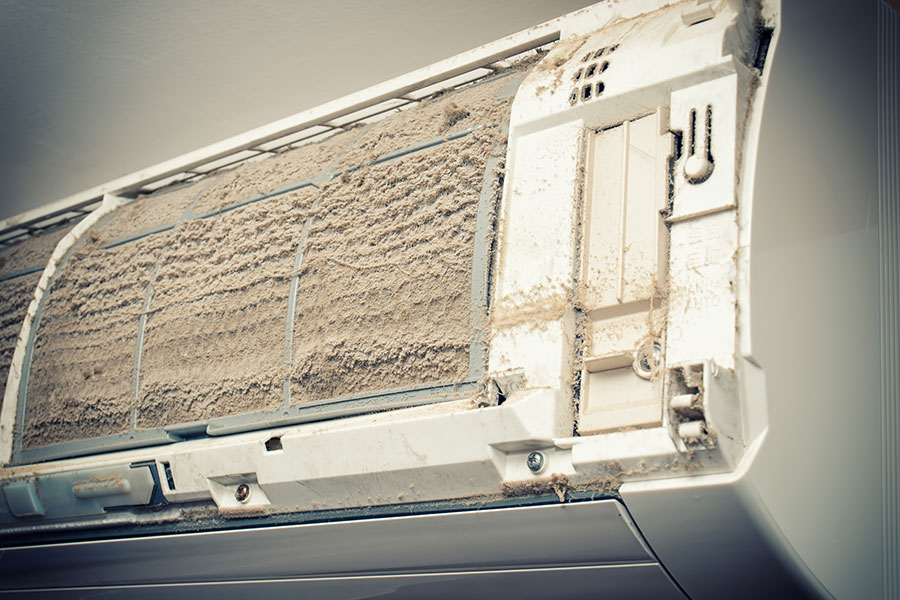The office shouldn’t be a dangerous environment
We spend so much time indoors, a Danish company dedicated to improving interior environments has suggested a name for us: the Indoor Generation. On average, Canadians while away about 90% of a day within enclosed environments, more than ever before.
This is bad for many reasons, just one being that the air inside buildings can be five times more polluted than that outside. Unfortunately for many of us, especially in the coldest months of winter, this is the environment we’re stuck with.
So how do we ensure that places such as the offices and workshops where we spend much of our lives don’t threaten them? We asked NAIT’s industrial hygienist and safety consultant Hooman Golshahi and health and safety services director Roberto Ocon about adverse conditions we may encounter indoors and what we can do about them.
The potential hazards
1. CO2 can build up. Indoor carbon dioxide concentrations will always be greater than that outdoors, but too much can be trouble.
At NAIT, Goshahi says the goal is to keep levels below 800 parts per million, compared to 400 to 600 that naturally occurs on most days outdoors. In some cases, excessively high levels can cause drowsiness, lack of concentration, headaches and other problems.
 2. The air can be too dry. In Edmonton, we’re used to air humidity of about 20% in winter. Below that can lead to lung irritation that can cause illness.
2. The air can be too dry. In Edmonton, we’re used to air humidity of about 20% in winter. Below that can lead to lung irritation that can cause illness.
3. Humidity can encourage mould and mildew growth. In the winter, air that’s too humid (more than about 30%) may condense against cold windows, which can cause dampness that helps fungal spores germinate, says Golshahi.
While most of these aren’t toxic, some can cause breathing problems, irritation, congestion, coughing and even rashes for some people. Since pinpointing sources and identifying strains can be challenging, it’s best to work at prevention instead.

4. Dust can accumulate. “If staff have clutter and boxes in their spaces, those attract more dust,” says Golshahi. This too can become an irritant.
“Toxicity is a matter of dose – how much and how long. When we have good [office] keeping, we minimize our exposure to fine dust, which can go deep in the lung.”
“Toxicity is a matter of dose – how much and how long."
5. You might be smoking your co-worker’s cigarette. If people light up beside the building’s fresh air intake or near a door, you may be exposed to secondhand smoke, and more. (A City of Edmonton bylaw states that smoking and vaping is not permitted within 10 metres of doorways, windows and air intakes.)
“Something that has recently come under the radar is third-hand smoke,” says Golshahi. Studies have shown smokers’ clothes to harbour unhealthy particulate matter and a large group of awful chemicals known as volatile organic compounds.

6. Other things can off-gas too. Brand new stuff has a certain scent, says Roberto Ocon. “Some people think it smells fresh, it smells new. [But] it’s not great for your health.” Volatile organic compounds are also present in carpet, paint, glues and other construction materials.
7. Air filters get dirty. Filters in heating and ventilation systems can’t remove undesirable gases from the air, but they do remove some particulate matter – when properly maintained according to operating manuals and maintenance plans.

8. The thermostat may be wrong. Make sure it’s not positioned near a heat source or is obstructed. Thermostats need about 30 centimetres of clear air flow on all sides, says Golshahi.
Should a false reading occur, ventilation can decrease. “Then you have more CO2 in the room. You get multiple problems.”
How to protect yourself from indoor air pollutants

“Modern buildings are completely enveloped systems,” says Golshahi. “[In older buildings], there were cracks that allowed some natural air exchange. Now we rely on mechanical ventilation systems entirely.”
To a point, he admits. The solution also involves employees who act on concerns and notify supervisors of them.
At NAIT, says Ocon, employees can request that his team perform assessments in response to suspicions of a compromised environment. He knows not everyone outside the polytechnic has access to a similar service; but they still have the right to a safe working environment, which is enshrined in recent updates to the Occupational Health and Safety Act.
“The employee has the right to be informed, the right to participate and also the right to refuse.”
“The employee has the right to be informed, the right to participate and also the right to refuse,” says Ocon.
If new carpet is being laid, for example, employees need to be told about it. If those employees want to be part of an investigation into why people in the office got headaches after that work started, they must be allowed to do so. If they don’t feel safe in the space while the work is going on, they need to be accommodated.
For about half of every year in much of Canada, many of us are virtually trapped by the inhospitable environment beyond the office door. The inside, says Ocon, should be “where employers and employees feel empowered to work together to improve the safety of the workplace.”